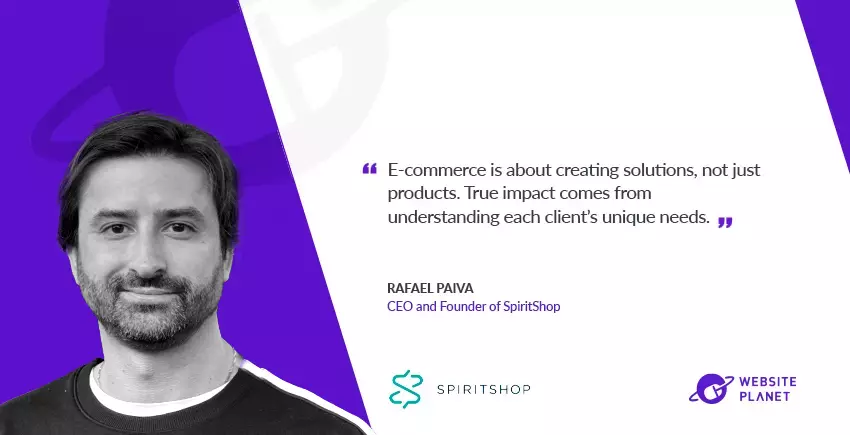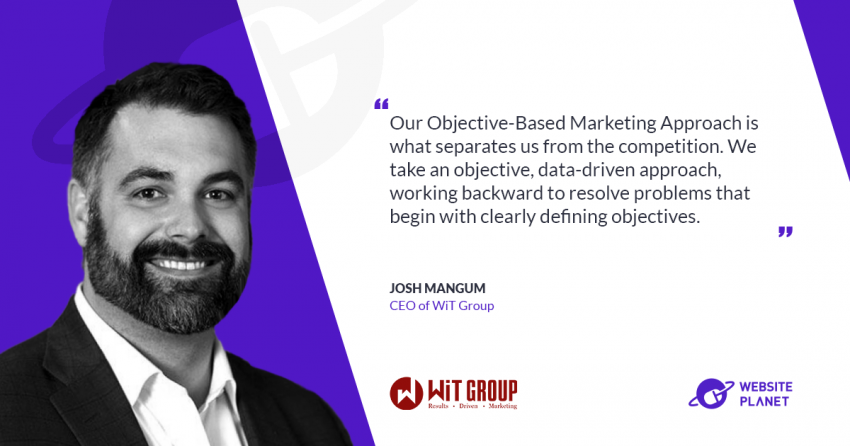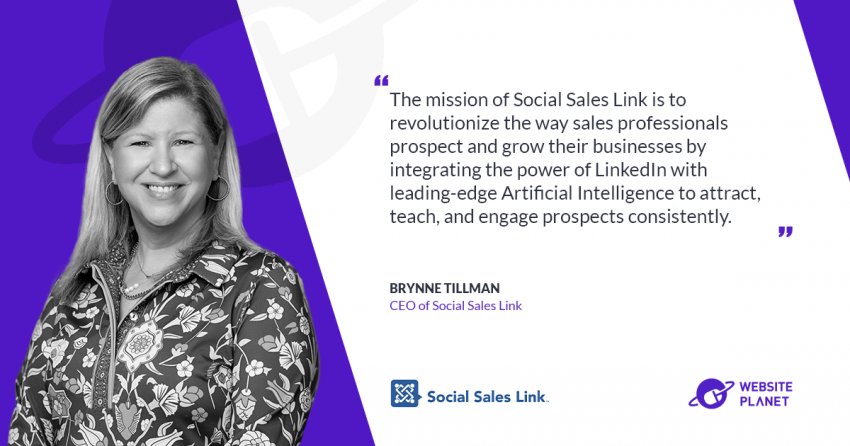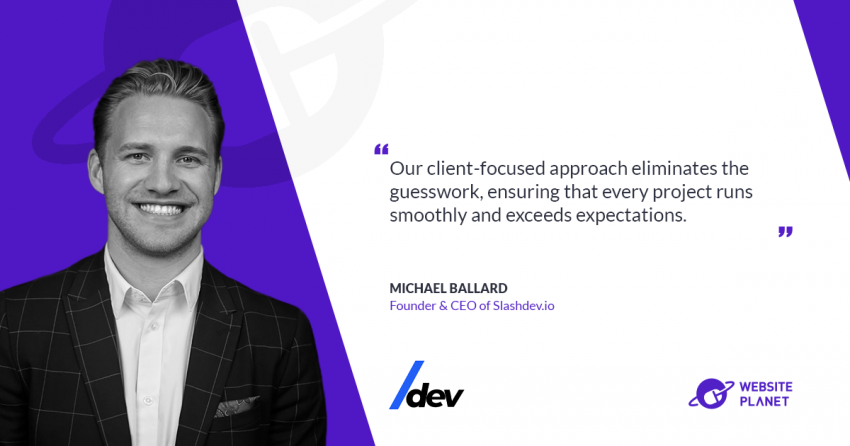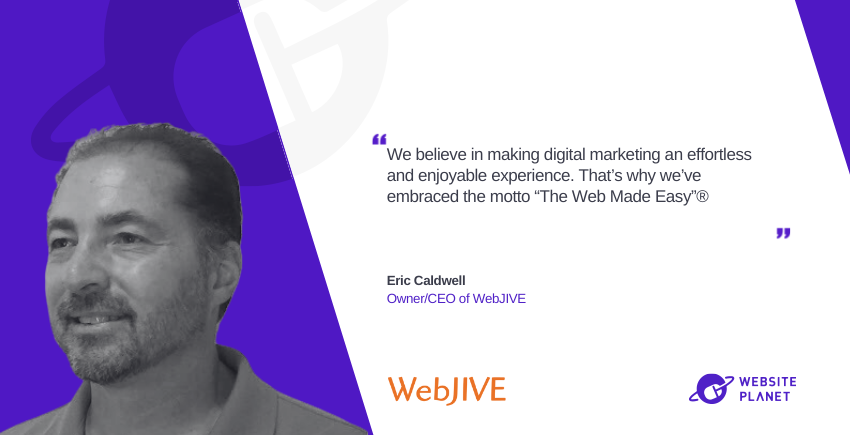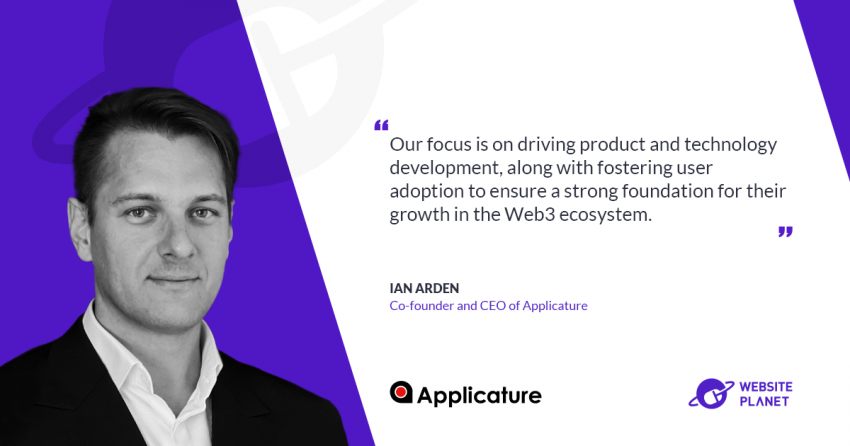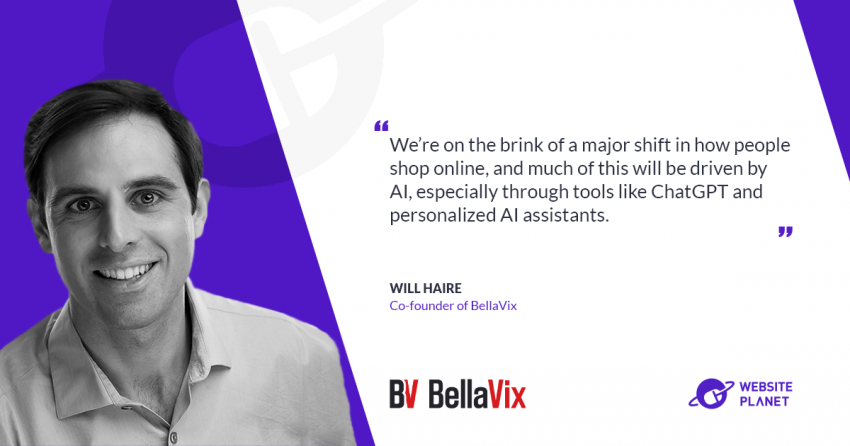- Paive’s tips from bootstrapping SpiritShop to $600K ARR
- His ecommerce design tips from 150+ projects
- The future role of AI and Martech in eCommerce
What is the most pressing pain point that you solve, and what are your numbers right now in terms of revenue, customers, and team?
Some e-commerce stores, especially in the B2B sector, run some very complex operations that can only be streamlined with a custom platform tailored to every step in the supply chain (not just retail transactions). A generic piece of software is not gonna cut it. At SpiritShop, our greatest accomplishment is precisely this adaptability. For example, our clients in the B2B space may have specific purchasing requirements, complex ordering processes, and unique logistic flows that a standard platform cannot support. Our focus is on understanding each client’s journey, diving deeply into their processes, and adjusting our solution accordingly. We work closely with each client and their key partners, such as ERP and logistics systems, to ensure seamless integration and alignment across their entire operation. This approach enables us to deliver more than just a platform; we create an experience that closely integrates with every aspect of the client’s supply chain, which is particularly crucial in B2B transactions where customization is often needed. Through this level of integration, we provide not only the technology but also operational solutions that simplify workflows, reduce manual tasks, and improve efficiency. As a result, our clients experience cost savings and more streamlined operations, all at a competitive cost compared to larger platforms. “Rafael is one of the most talented designers I have ever encountered. He has a unique ability of keeping up with the latest trends and understanding his client’s needs. I strongly recommend his expertise in the area of design and e-commerce. He has put together a strong team that is able to deliver above the expectations of his clients especially in the area of online businesses.”Carlos Oliveira, President at Lucent UniversityPresident at Lucent University Currently, we serve around 150 clients, ranging from medium-sized companies to large enterprises. Our lean team of 25 highly skilled professionals delivers this level of customization and operational insight through well-honed internal processes and automation. In terms of revenue, our annual operations reach approximately $600,000.
What unique approach, features, or capabilities give you a unique advantage, and how? Can you share metrics and examples that show the difference you’re making?
At SpiritShop, our process begins with an in-depth immersion in the client’s reality—understanding their business model, operational challenges, and unique pain points before we initiate development. While many e-commerce platforms rely on a fixed model, we recognize that this approach doesn’t work for many businesses, especially those with more complex needs. Every detail in our solution is adjusted to align with the client’s requirements, which allows us to drive real, measurable impact. An example of this approach is our work with a global tire manufacturer, a company operating a highly integrated SAP-based solution that initially relied on manual, time-intensive processes. Before partnering with SpiritShop, internal ordering processes were highly dependent on personnel to manage routine tasks. In some cases, a single order to a reseller would take up to 2 hours and 30 minutes. Through SpiritShop’s custom-built automation and our unique integration with SAP, we reduced this processing time to just 2 minutes. This transformation not only eliminated operational bottlenecks but also reduced human error, improved the efficiency of order management, and significantly enhanced the response time for their resellers. This adaptability—whether through ERP integration, workflow automation, or custom features—is our unique advantage. By focusing on the specific demands of each client, we empower them with a solution that’s not only technologically advanced but also operationally effective.Our clients don’t get just a platform, but a complete operational solution that increases efficiency, lowers costs, and enables faster, more profitable growth.
What are the most unexpected challenges your company has overcome since its founding? What lessons did you learn from these experiences?
Building a robust platform capable of meeting the high standards of major brands while also addressing smaller client needs to maintain revenue flow was a major challenge—like balancing spinning plates. SpiritShop grew exclusively through bootstrapping, without any external funding or investment rounds, which required a different level of resilience, commitment, and financial discipline from our team. This approach, though much slower, gave us the freedom to focus on our product and customer needs without the pressure of immediate financial results or outside influences. This journey was filled with hard decisions. With limited resources, we had to carefully prioritize features and functionalities that would make the most impact in the long run. There were moments when faster growth might have been achievable with external funding, but we chose to maintain independence. This conviction gave us a unique sense of ownership over our product and allowed us to stay aligned with our vision of creating a deeply customizable and highly functional platform. The biggest lesson we’ve learned is that it’s essential to have a clear vision of where you want to go. Without this focus, we might have succumbed to external pressures or taken shortcuts with short-term gains but misaligned with our ultimate goals. Our experience taught us that sustainable growth and the freedom to invest strategically in the product are the best foundations for building something valuable and enduring.What marketing strategies and web design changes have been most effective in growing traffic, conversions, and sales on your website? What are the best ways and tools to implement them right away?
In e-commerce design, the key is simplicity and focus on a seamless shopping experience. We believe the interface should be straightforward, with minimal distractions so that customers can focus entirely on the products. Our priority is to facilitate access to products, streamline the purchase process, and ensure that consumers can find what they need without any unnecessary steps or visual clutter. The layout of an e-commerce site shouldn’t be the highlight. The products should take center stage and have the space to truly shine. To support this philosophy, we’ve developed features that tailor the store experience to each visitor. Two highlights:- We use behavioral intelligence to adapt the site in real-time, adjusting the shopping experience based on each user’s browsing preferences. This functionality has proven highly effective, as it transforms the customer journey in meaningful ways, resulting in improved conversion rates and engagement.
- Our intelligent search not only corrects errors and suggests relevant products but also captures and analyzes search trends. This information is invaluable for store owners, as it reveals consumer preferences and buying intentions, helping them optimize their offerings.
Based on your extensive experience, what are the 5 DOs and DON’Ts to start an online business?
5 Things You Should Do:
- Know your goal from day one. It will guide every decision you make.
- Study the market and ensure viability. Avoid thin margins; start with a business that brings real profit.
- Watch the competition and do it differently. If you’re not innovating, why start?
- Develop what the market needs, not what you think it needs. Base it on real demand.
- Think big, no matter where you start. Believe in growth from day one.
5 Things You Should Avoid:
- Don’t wait for the perfect time. Start with what you have, test the market with a beta.
- Don’t jump from tech to tech. Migrations damage SEO and complicate processes. Stick with your choice.
- Don’t rely on e-commerce to pay the bills right away. Have a runway of at least six months.
- Don’t copy big players. They have different resources. Find an authentic edge.
- Don’t follow trends blindly. Invest in strategies that make sense for your audience, even if they’re simple.
